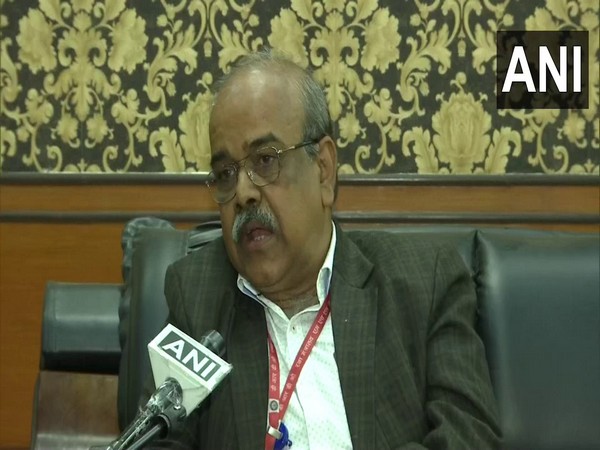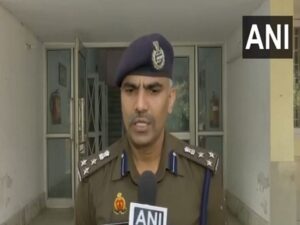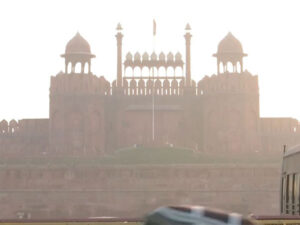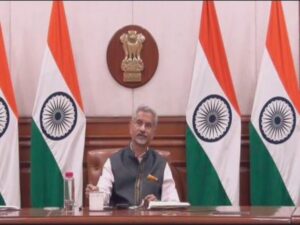
Chandigarh [India], February 9 (ANI): After conducting an aerial recce and collecting evidence from Raini village, the Defence Geo Informatics Research Establishment has submitted an initial report on the Chamoli glacier burst that said that a complete ice sheet hanging on the mountain fell and along with it a lot of landmass came into the river valley and moved towards the downstream.
Lokesh Kr Sinha, director, Defence Geo Informatics Research Establishment, a Defence Research Development Organisation lab which focuses on researching terrain and avalanches, said that an initial report of the incident has been sent to the Union Ministry of Home Affairs.
“We work for the Army on disasters related to snow and land in the Himalayas. I was in Bengaluru on the day of the disaster that is on February 7. As soon as I got information about it, we activated our team and held a meeting after which we constituted a group of six scientists who were sent to Dehradun. A day after the glacier burst in Chamoli, we did an aerial recce there. Today our team went by chopper to Joshimath from where they did road survey and reached up to Raini village. Evidence was collected to understand it in a better so that we are better scientifically equipped in the future for such disaster,” Sinha told ANI.
“We have prepared an initial report on what has happened in the area and have sent it to the headquarters and MHA. There are a number of glaciers in that area and the glacier that had burst in the morning of February 7 was a hanging glacier,” he said.
He said that a complete ice sheet hanging on the mountain fell down, a lot of landmass came on the river valley and it moved towards downstream.
“The mass was so huge it made a dragon sort of thing with 20-25 metre head and the tail of three to four metres. It moved at a speed of 20 metres per second, as per initial findings,” he said.
Sinha said it is possible that a crack had developed in the glacier in the last few weeks.
“I do not have complete data. If we continuously track the areas on a daily basis and working on the imprint of this disaster, then we can predict the development of such cracks and scientifically we can announce the vulnerability of the areas and be better prepared for the future. It may take a time to develop this technology,” he added.
As many as 32 bodies have been recovered so far from different areas hit by the glacier burst in Chamoli district, while 197 people are still missing, Uttarakhand Police said.
A joint team of ITBP, NDRF, SDRF and other agencies conducting rescue operations used drone cameras to see feasibility to enter beyond cleared site inside Tapovan tunnel. (ANI)
















